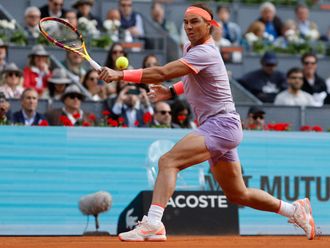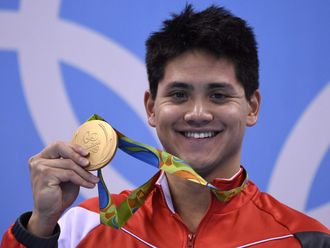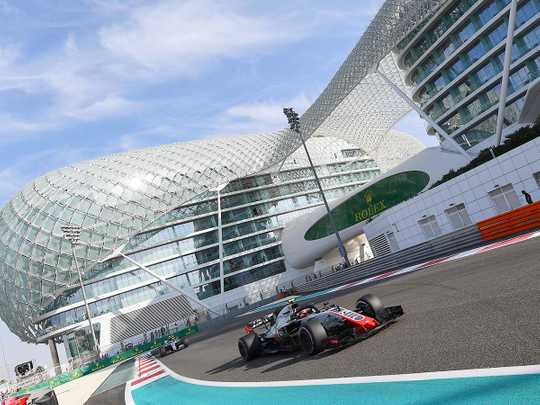
Dubai: Perhaps, Formula 1 was one of the quickest off the mark to strategise following the outbreak of the coronavirus pandemic. Less than four days after the season-opening Australian Grand Prix was cancelled, all of the F1 partners displayed a huge consensus during a conference debating the future of the sport.
Besides discussing the calendar for the remainder of 2020, one of the crucial points on the agenda was the imminent delay in the 2021 technical regulations.
For sure, the 2020 technical rules are being carried over into 2021, even though the intricacies still need to be hammered out. And as part of this agreement, teams will be required to use their 2020 chassis during the 2021 season as well.
New rules will be pushed back. New cars will be delayed. New budgets are going to be slashed.
So what exactly is going to be the result on a sport that has been over the years, used to the flashy and magnanimous?
History will be made next season, when Formula 1 introduces a radical new sliding scale for aerodynamic testing based on a team’s success on track.
As part of a package of changes to the regulations, which includes the introduction of a cost cap from 2021 that has been revised to reflect the impact of the coronavirus pandemic, teams will be restricted to the number of wind tunnel testing runs and computer aided design (CAD) hours they can do to develop their racing car.
It is hoped that as well as reducing costs and making both individual teams and the championship more sustainable, it will also create a more level-playing field that should lead to more competitive and unpredictable racing.
So what exactly has changed right now?
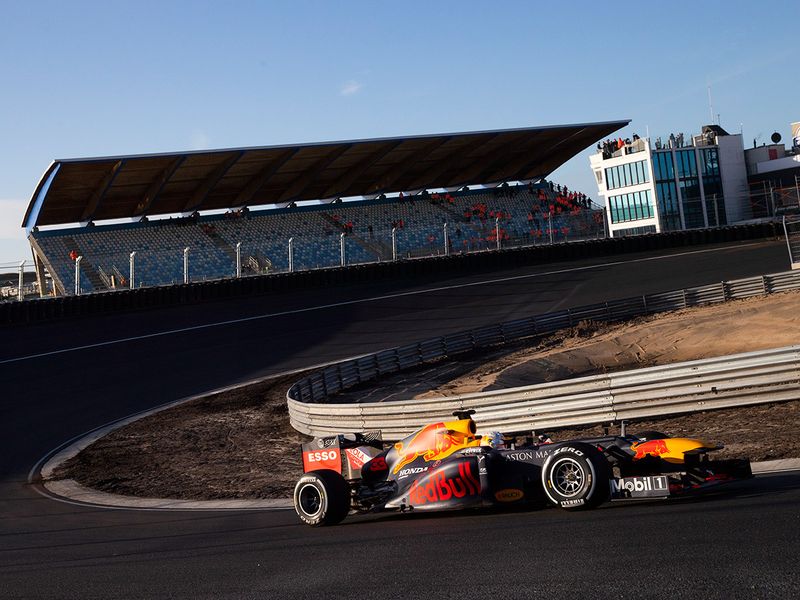
In years gone by, the amount of aerodynamic development was unrestricted. It meant some teams ran their wind tunnels 24 hours a day, seven days a week. Some teams even ran more than one wind tunnel. That kind of development helped teams gain crucial tenths of seconds, but was also hugely expensive at the same time.
In recent times, restrictions have been introduced, to the point that up until this year, teams were limited to 65 runs in the wind tunnel per week. But next season, in conjunction with the introduction of the cost cap, the default allowance will be reduced by more than 30 per cent to just 40 runs per week.
And further, for the very first time, each team’s allowance of wind tunnel and CFD testing time will be defined by on-track performance.
The ‘big’ top three teams Mercedes, Ferrari and Red Bull will need to be even more efficient than they already are with how they use their wind tunnel and CFD time as everyone will have 65 runs per week. All teams will pretty much use all of their runs as that is how they find improvements on their car over the course of a season.
Hence, if a team like Mercedes, Ferrari or Red Bull have less of that time, there’s no doubt that they will feel some sort of pain.
While on the other hand, the smaller teams will have a better chance to make improvements. With more hours available, the teams who have finished lower down the order can be more aggressive with their development. The additional time will give them the capacity to explore more diverse aerodynamic ideas, which if successful, could help them climb the pecking order.
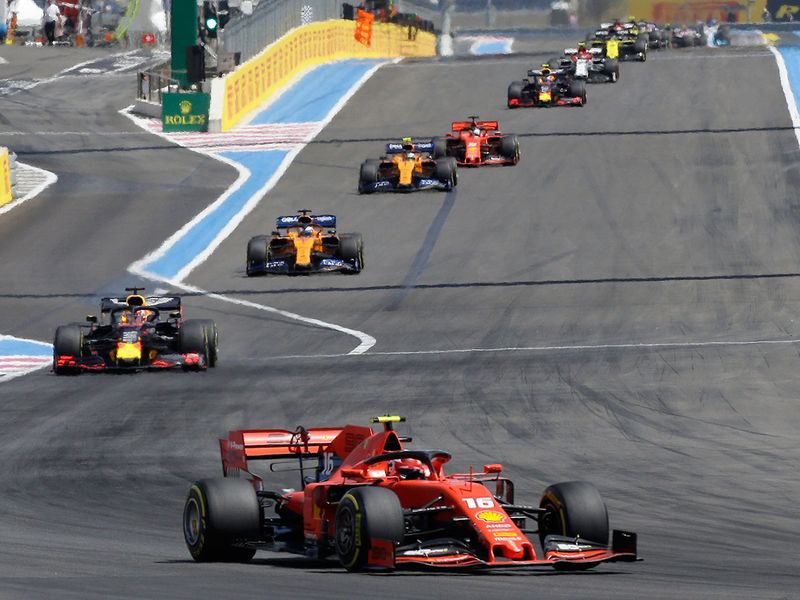
We are indeed looking at a more level playing field now on.
Everything works out for good in the end. The current situation has something good for Formula One too. For once, all ten teams and the FIA are seen united to usher in a foolproof future for the sport. Be it decisions on cost caps, setting new regulations or just an agreement on the wind tunnel, everyone seems to be on the same page, at least for now.
McLaren Racing’s CEO Zak Brown put it so well in a post-meeting interview when he said, “F1 wins today!”



